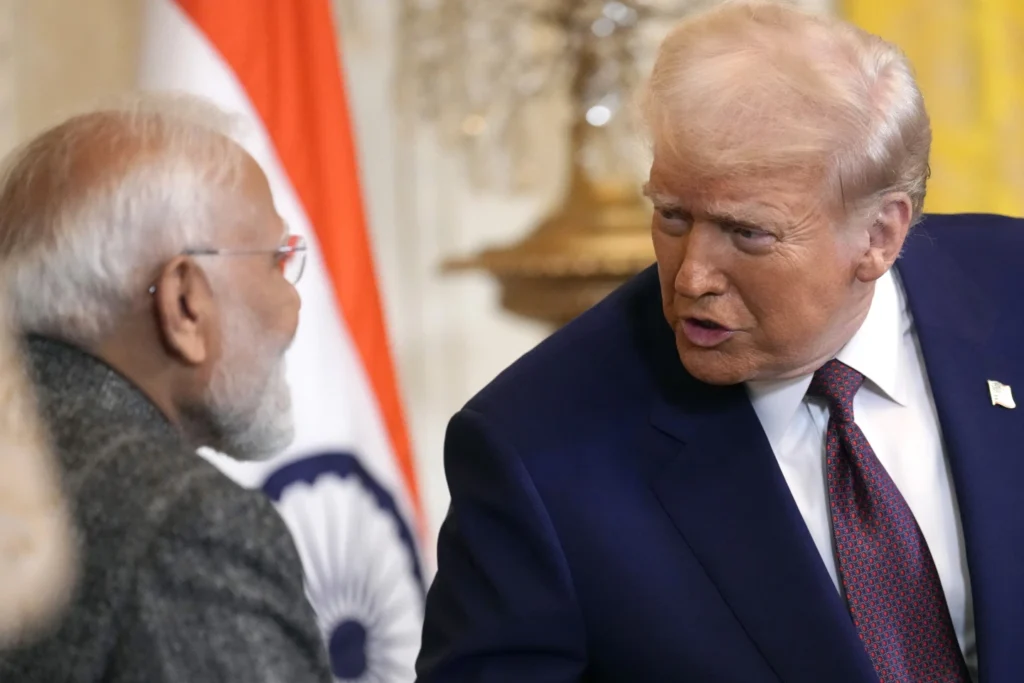Trump India Tariff 2025: 25% Penalty Over Oil, Trade Ties

Trump India Tariff 2025: 25% Import Tax and Penalties Over Russian Oil
President Donald Trump has announced a new 25% tariff on goods imported from India, adding further pressure by pledging unspecified penalties in response to India’s ongoing purchases of Russian oil. The new trade measures will take effect this Friday, according to Trump’s post on Truth Social.
While Trump referred to India as a “friend,” he criticized the country’s high tariffs on American exports and claimed its defense and energy ties with Russia are fueling the ongoing war in Ukraine.
New Tariffs Complicate US-India Trade Relations
India, which has been working to strengthen bilateral trade with the U.S., now faces major economic headwinds. The announcement comes just months after India and the U.S. held their fifth round of negotiations toward a trade agreement. The new Trump India tariff 2025 could derail plans to double two-way trade to $500 billion by 2030.
Ajay Sahai, Director General of the Federation of Indian Export Organisations, expressed concern over the vague penalties beyond the 25% tariff, warning that demand for Indian goods could decline sharply.
“We are back to square one,” Sahai said. “Trump hasn’t spelled out what the penalties would be in addition to the tariff.”
Tariffs as Economic Leverage and Political Messaging
The move aligns with Trump’s broader strategy of leveraging tariffs to restructure global trade and reduce the U.S. budget deficit, especially after enacting sweeping income tax cuts. Trump has recently finalized similar frameworks with the EU, Japan, and Indonesia, enabling higher taxes on imports while securing market access for U.S. goods.
However, mainstream economists caution that the strategy may have side effects. They predict slower U.S. economic growth and rising prices as domestic companies pass the new import costs to consumers.
Global Pushback and Strategic Fallout
International reaction has been swift. French President Emmanuel Macron criticized U.S. tactics, urging the EU to accelerate its own sovereignty and economic competitiveness agendas.
“To be free, you have to be feared,” Macron said in a cabinet meeting. “We have not been feared enough.”
The tariffs may also weaken New Delhi’s position compared to other Asian exporters such as Vietnam and Bangladesh. With the U.S. running a $45.8 billion goods trade deficit with India last year, the new measures could shift trade flows and reduce India’s competitiveness in the American market.
Strategic Stakes with Russia and China in the Background
India has remained neutral in the Ukraine conflict, continuing to import Russian oil and arms despite Western sanctions. Its close ties with Moscow and reluctance to fully align with Western policies have complicated its positioning as a counterweight to China.
While Trump once praised Indian Prime Minister Narendra Modi and announced India would begin purchasing U.S. oil and gas, this latest move may signal a shift. The Trump India tariff 2025 could spark renewed tensions just as both countries aim to deepen economic and geopolitical cooperation.
Source: Bloomberg
: 220







